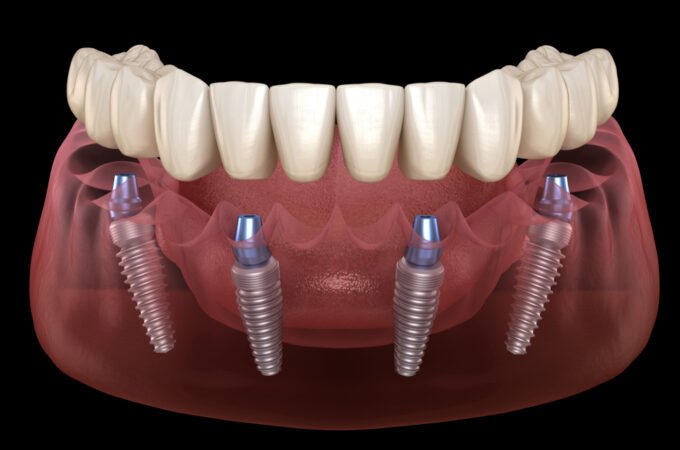
4 Tips to Recover From a Traumatic Injury Properly
In today’s fast paced world, people have become hardwired to work through things in a quick manner — quite often in a distracted way whether it’s driving to work, doing household chores or just a brisk evening walk.
Rushing things may often be productive but it also has a downside, namely accidents that result in a traumatic injury. Distracted or fast driving is the leading cause of such accidents. In some cases, a fall/slip during gymnastics, running, jogging or simply walking can also result in an injury.
Why is Recovery Important

Trauma injuries require immediate and effective care to prevent worsening of the damage. There are rehabilitation centers that specifically deal with the recovery of those who experience a traumatic injury.
People of all ages are susceptible to injuries. The below pie chart clearly shows that all age groups are affected by injuries be it at workplace or an accident.
Here’s a depiction of the age groups:
Immediate Medical Attention

Receiving immediate medical attention after an accident of a severe nature is no doubt the first step to recovery, but it is actually what transpires after the initial treatment that determines a person’s road to proper recovery from a traumatic injury.
For recovery, it is essential to determine and assess the severity of the injury, which is done by estimating the Injury Severity Score (ISS) that is a medical score to assess trauma severity. Hospitalization time, morbidity and mortality are correlated with ISS and it decides the further course of treatment.
The road to recovery can be long and sometimes exhausting, both for the injured person and the caregiver.
4 tips that can come handy during recovery from a traumatic injury are given below:
1.Acceptance of the Injury

Accepting an injury of a severe nature is an extremely essential step in the recovery process. This encompasses feelings of denial, anger, bargaining, depression and finally acceptance.
Many people who experience an injury have reported that their recovery process became much easier when they overcame the feeling of “why me” or “what if.” In other words, when they dealt with the feelings of denial, anger and bargaining they were able to devote themselves to healing.
The traumatic injuries could include a spinal cord injury, acoustic trauma, spine fractures, burns, facial trauma, broken bones, amputation or a collapsed lung. Any of these can cause severe psychological stress.
Stress releases a hormone that interferes with body’s natural healing mechanism. Therefore, it is essential that the person who underwent a traumatic experience, for instance, a limb amputation, accepts the injury as part of her/his life journey.
Sometimes the acceptance comes from within and some people require professional help to cope with the stress caused by the trauma. The professional help could be part of the treatment or it could be something the patient or caregivers opt for according to their own preference.
2.Selection of Rehabilitation Care
Rehabilitation care is not restricted to rehabilitation centers alone and can be given in the location of a person’s choice as well. It need not even be from certified professionals.
However, it is highly recommended to select professional rehabilitation care for a traumatic injury survivor. The setting and the staff of a certified rehabilitation center may not be for everyone, but the care they provide is instrumental in the recovery process.
Due to their training and experience the care-giving services are person specific. In most rehabilitation care centers; people are not treated as patients, but as residents who have a range of activities to indulge in during their recovery. We checked out Miami car accident clinic and learned that chiropractic care is also one way to make sure a traumatic injury patient recovers in time.
Selecting a reputed rehabilitation center that specializes in recovery from traumatic injury goes a long way in ensuring good health.
3.Proper Rest

In order to ensure fast and effective healing, it is essential to have a set wake up and sleep routine. Most of the body’s healing, both psychological and physical takes place at night when the body is at rest.
The body’s circadian rhythm keeps a track of our sleep-wake routine. Body repair is taken care of by a hormone called Human Growth Hormone (HGH). The levels of HGH required for efficient healing and repair are possible only if the body gets the required amount of rest and sleep. Therefore, enough sleep and preferably at the same time every day will ensure rapid recovery from traumatic injuries.
4.Diet & Activity
Diet is as important as rest. Most often a person who is going through a traumatic experience is in a state that it becomes difficult to even take a morsel of food.
Food is as essential as sleep to ensure as full a recovery as possible. The body’s reservoir of essential nutrients, vitamins and minerals are quickly depleted during injury and subsequent healing.
It becomes necessary to replenish those frequently, not only for immediate requirements of the body, but to build up the reservoir again. This is possible through a nutrient-rich diet, which helps with healing as well as in building strength.
In addition to a proper diet, physical and mental activity is necessary to ensure proper recovery. The human body works at its optimal when it detects a sense of purpose, whether through physical or mental action. If the traumatic injury prevents physical activity, the mind can be engaged with board games such as chess or puzzles.
If physical activity is not hampered, as may be the case in facial trauma or burns, then a daily walk, cycling, gardening or any other outdoor activity can speed up the healing process.
The Final Word
There is no one set routine to recover from a traumatic injury and it may vary from injury to injury or person to person, but this article has outlined some general tips to help your loved ones recover.




